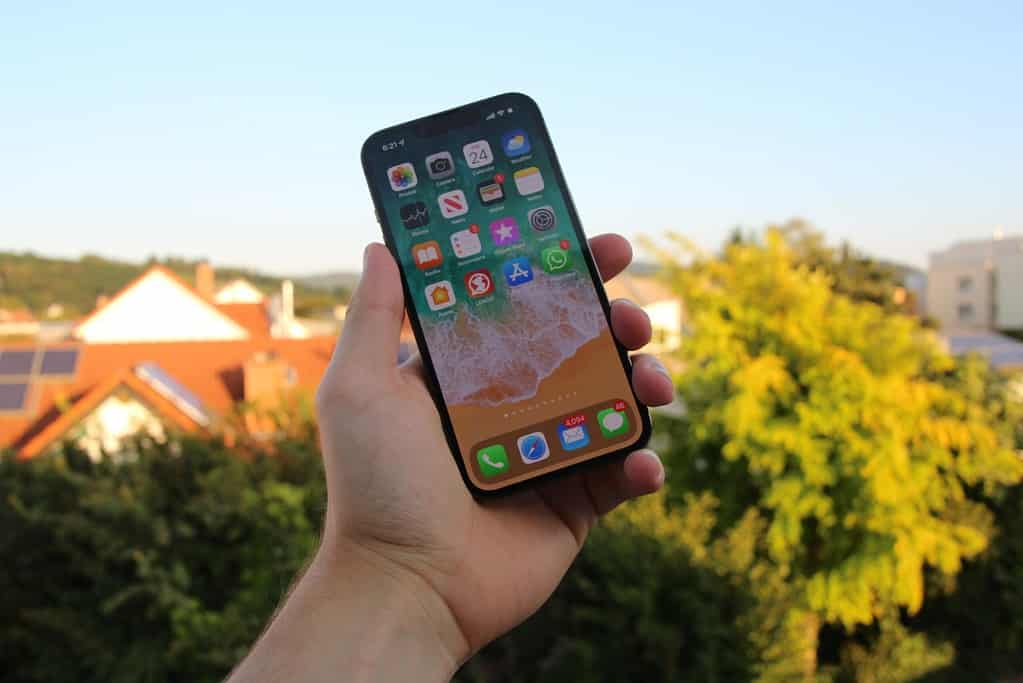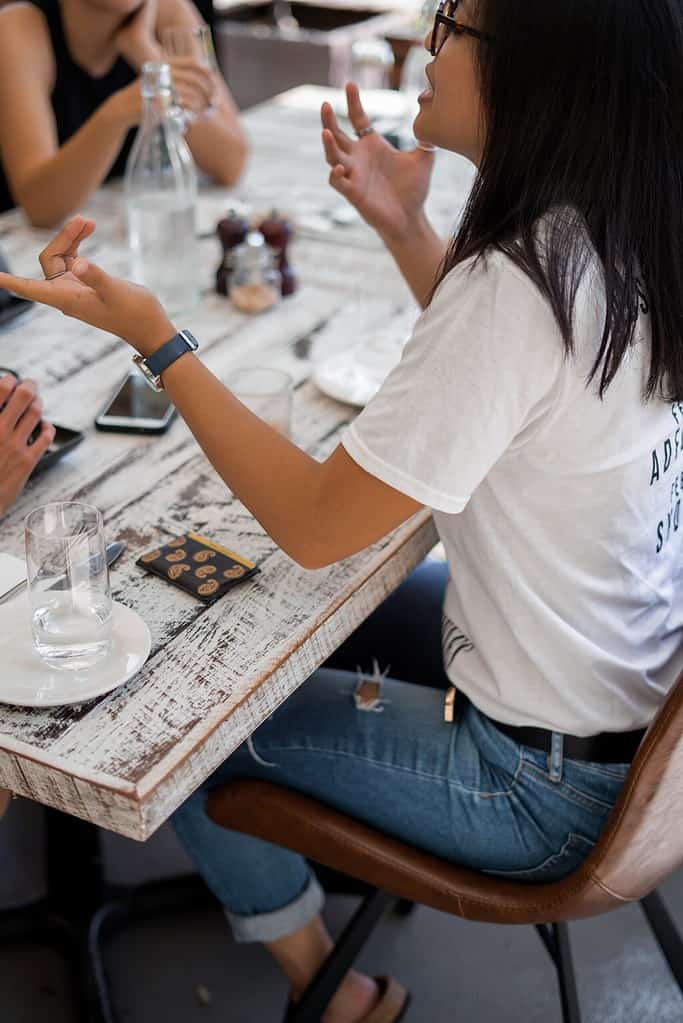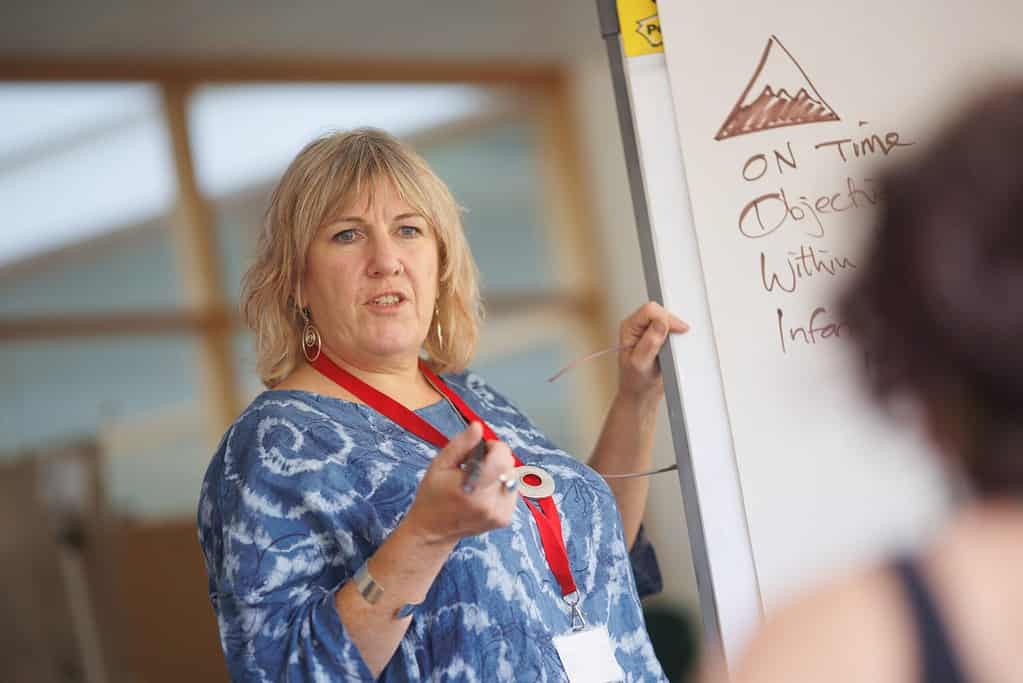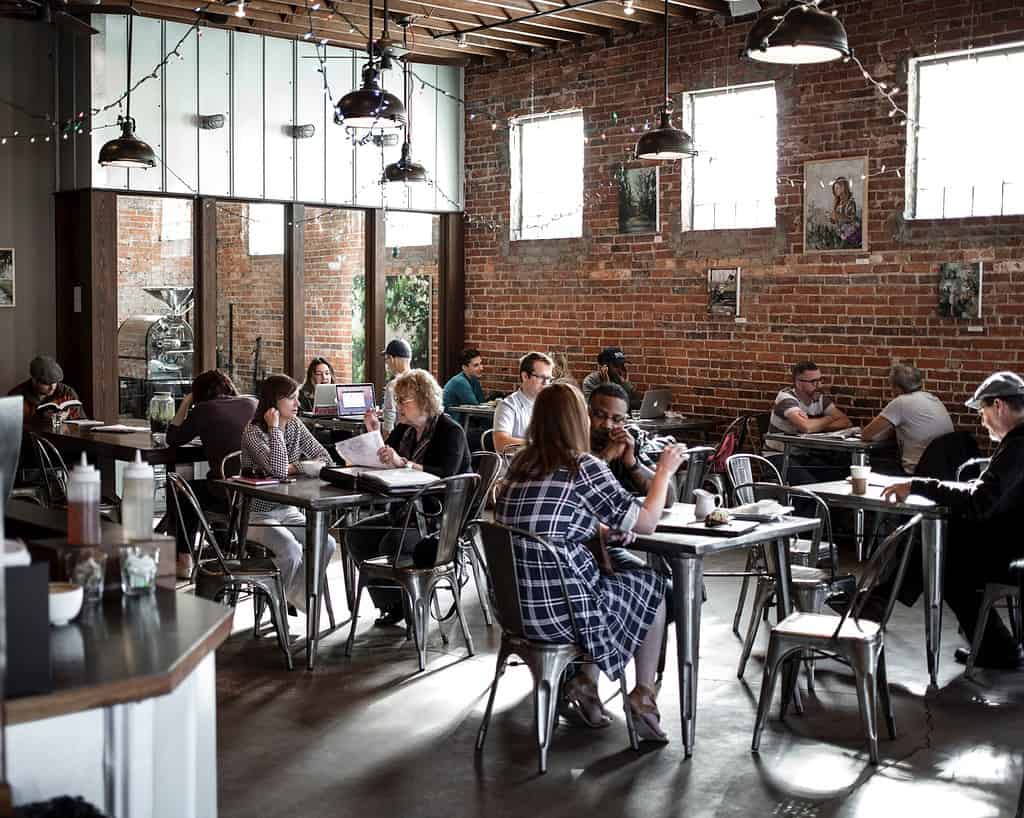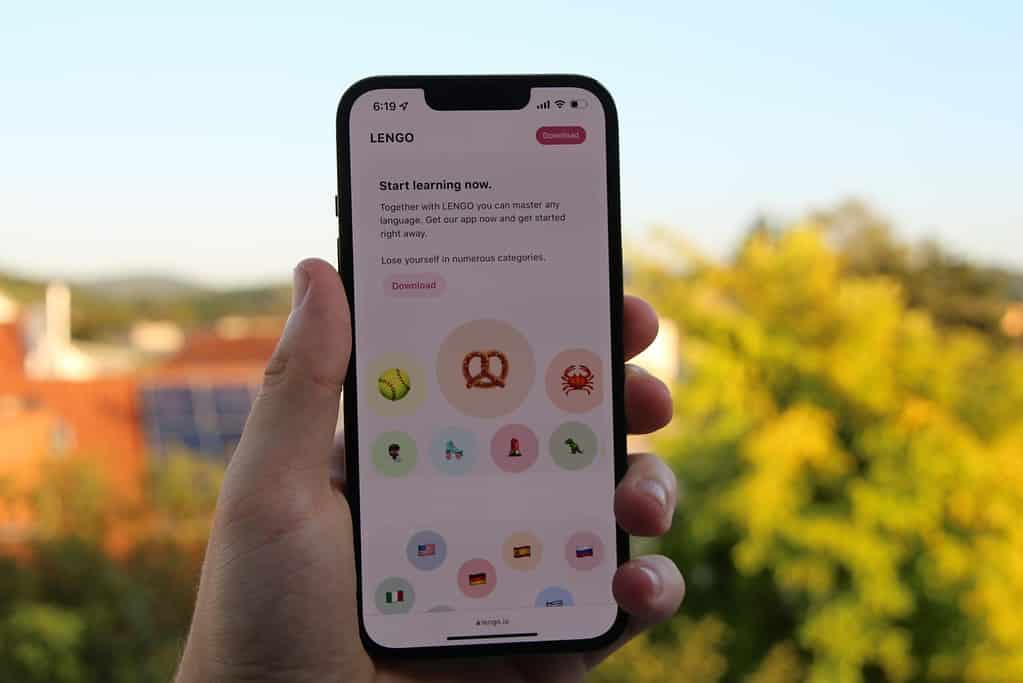Imagine stepping into a Parisian street scene from the comfort of your living room. Virtual reality is rewriting the way many of us learn languages, turning passive study sessions into immersive adventures. With platforms like swaplang ushering in flexible, one-on-one practice sessions between English and French speakers, the future of language learning is now as interactive as ever. In fact, if you’re curious about how immersive tech and innovative methods pair up to transform your French conversation skills, you’re in for a treat.
Impact of Virtual Reality on Language Learning
The advent of virtual reality in language learning represents a seismic shift away from traditional methods. VR technology lets learners experience realistic simulations of French-speaking environments—be it a cozy café in Montmartre or the lively chatter of a market in Marseille. A recent meta-analysis reveals that immersive VR experiences help users gain language proficiency more effectively than conventional classroom settings. For instance, the immersive study by Immerse confirms that frequent exposure to authentic dialogue in a simulated environment accelerates comprehension and retention. These dynamic VR interactions encourage learners to practice vocabulary and sentence structures with the same spontaneity found in real-life conversations, making the process feel natural and fun.
Moreover, VR doesn’t just enhance vocabulary retention; it also improves pronunciation and listening skills. When you’re virtually present in a bustling French locale, every overheard conversation becomes a mini-lesson in intonation and rhythm. Such immersive practices are a game changer for developing the confidence required to speak French without a hitch.
Top VR Applications for French Learners
Diving into the world of VR language learning, you’re spoiled for choice when it comes to platforms specifically designed for French learners. Some virtual spaces offer simulated environments with native speaker avatars, while others integrate interactive grammar drills and real-time pronunciation correction. Studies, such as the research from Southwest University and the University of Technology Sydney (source), show a remarkable 93% improvement in vocabulary scores among learners who engaged regularly in VR sessions, underscoring the potential this technology holds.
Beyond structured lessons, many VR applications allow spontaneous conversations. Imagine a virtual Paris where you can casually chat with avatars, each encounter offering an opportunity to use new words or test out idiomatic expressions. Platforms like VirtualSpeech (their detailed guide) polish your interaction skills in settings that closely mirror real-world nuances. If you enjoy a blend of structure and spontaneity, these VR applications offer the perfect balance to keep your learning journey energetic and enjoyable.
Integrating VR into Your French Study Routine
Incorporating VR sessions into your French study regimen is like adding a secret ingredient to your language recipe—suddenly, the bland becomes vibrant, and practice feels less like a chore and more like an adventure. To start, designate a specific time each week to slip on your headset and enter a virtual French world. Even a short 15-minute session can revitalize your learning routine, allowing you to focus on real-life conversational skills, such as ordering a coffee or asking for directions along the Seine.
For those who already use tools like swaplang and are familiar with one-to-one video exchanges, integrating VR is an easy step forward. Pair your virtual sessions with traditional language practice—it’s like adding a new channel of input. Complement your immersive experiences with targeted exercises from our VR French language learning guide to round out your skills. Consider making VR a weekly appointment, much like your favorite French dinner, to steadily build both vocabulary and cultural intuition.

User Experiences: Success Stories with VR
Nothing beats the real-life success stories that showcase VR’s transformative impact on learning French. Many language enthusiasts report that engaging in VR-enabled interactions helps them overcome anxiety and build real conversational confidence. Users often share that the high level of immersion makes it easy to lose self-consciousness, leading to more authentic and error-forgiving exchanges.
One inspiring account mentions a learner who, after just a few immersive VR experiences, began thinking in French, something that is often cited as the holy grail of language mastery. These testimonials, supported by research, illustrate that VR isn’t a fleeting trend—it’s a powerful tool in reshaping language acquisition. For example, the recent statistics on VR in education (VR in Education Statistics) detail how virtual environments have grown in popularity for their practical benefits in boosting learner engagement.
As you hear these voices of success, remember that every language journey is unique. VR might be the missing spark that brings your French studies to life, challenging you to step out of your comfort zone and engage playfully with the language.
Future of Virtual Reality in French Learning
Looking ahead, the future of using VR for learning French appears brighter than ever. As technology continues to evolve, so too will the intricacy and realism of virtual platforms. Emerging trends suggest that future applications will offer even more lifelike scenarios, complete with adaptive learning algorithms that tailor experiences to your personal progress. With continuous enhancements, learners might soon participate in virtual cultural festivals, interactive cooking classes, or history walks through ancient French landmarks.
This technology is poised to revolutionize language education by providing customized, immersive experiences that adjust in real time. For instance, platforms like FluentU detail how VR is beginning to integrate data-driven insights to optimize language retention (FluentU’s insights on VR language learning). With these advancements, every learner will have the opportunity to experience a truly bespoke learning journey.
To join the cutting edge of French language education, consider blending VR practice with more traditional methods on platforms like swaplang. As you explore these innovative tools, remember that the journey to fluency is as much about embracing new technologies as it is about consistent practice. Step into the future of language learning and empower your French fluency today.



